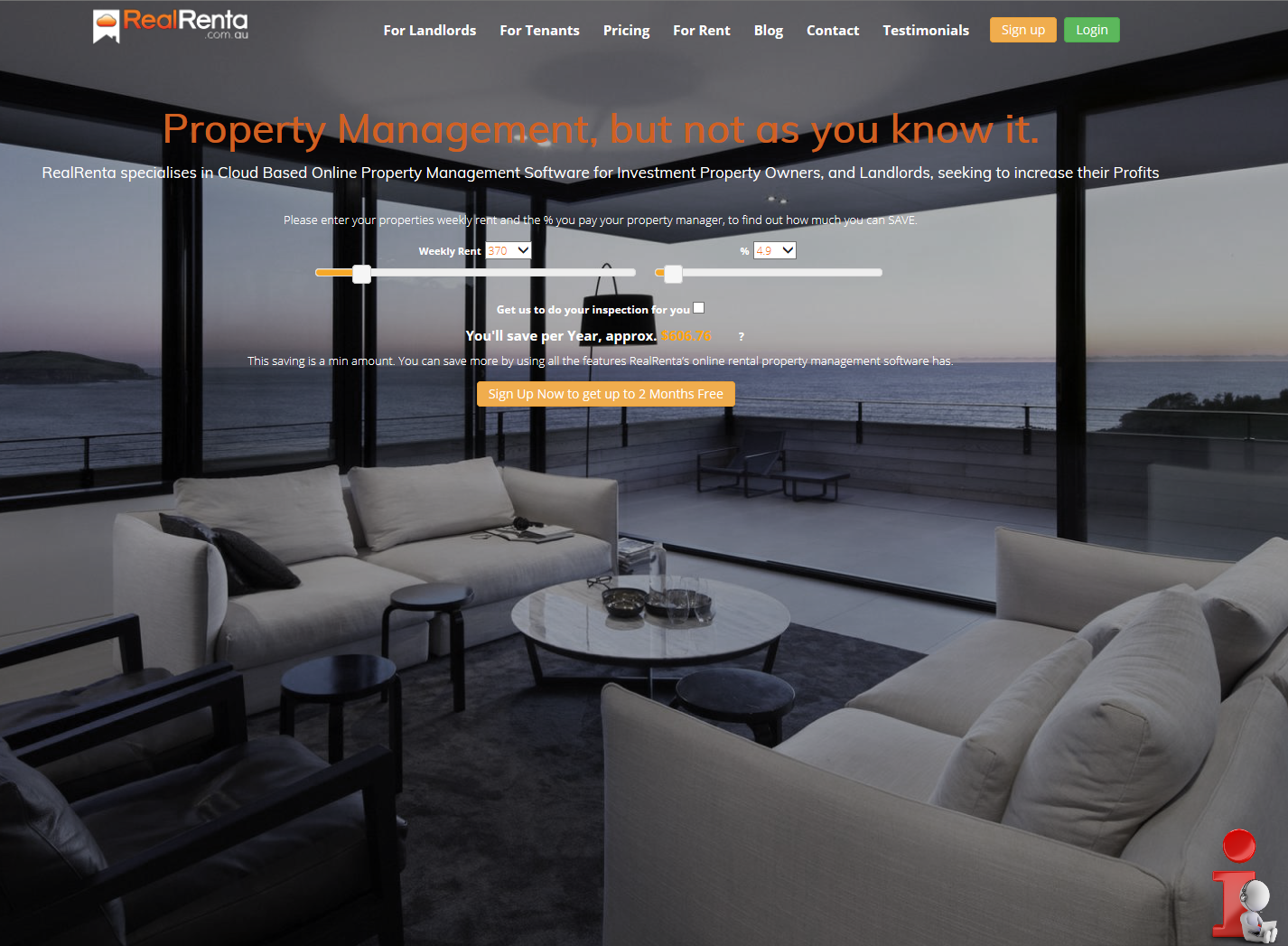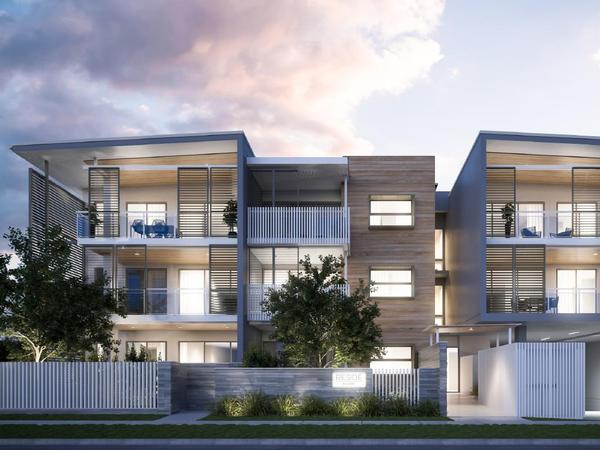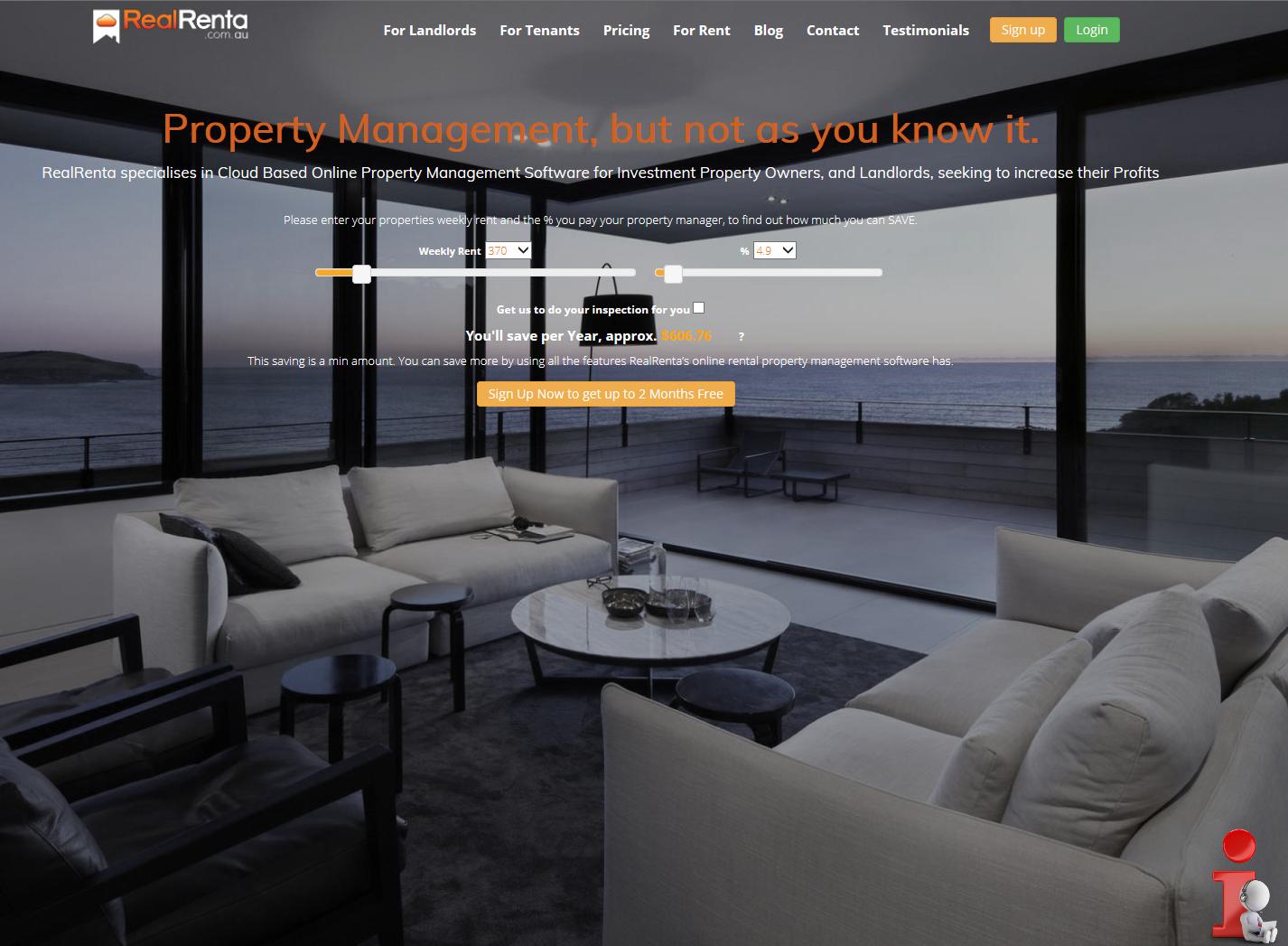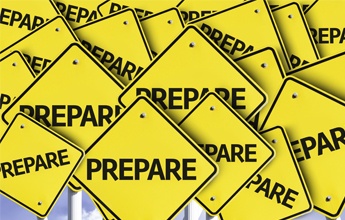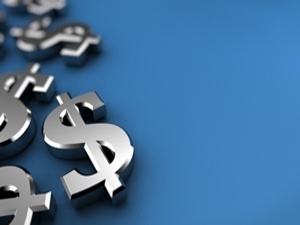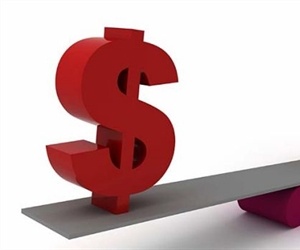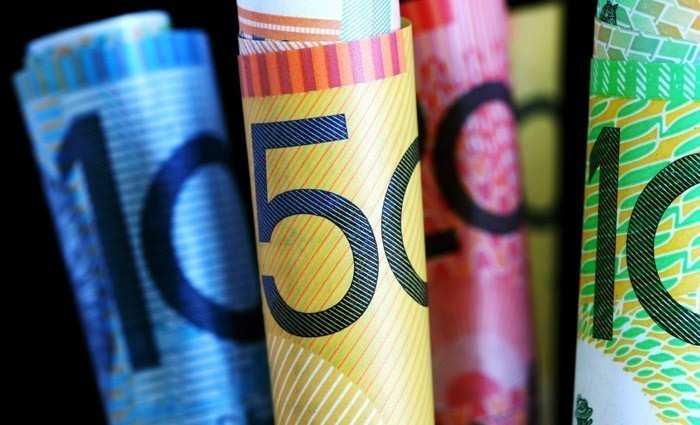
Lenders will always find out if you have any defaults.
Not disclosing defaults at the time of application can mean that you will be rejected outright.
Different default sizes have a significant impact on your eligibility for a loan.
Here are some terms you should be aware of:
- Clean Credit
No default history whatsoever
- Near Prime
This can signify a higher than usual amount of enquiries on your credit file and defaults less than $500 paid over 12 months ago
- Below average
Paid default less than $1,000 paid over 6 months ago
- Bad Credit
More than $1000 in defaults (paid)
- Serious credit impairment
More than $5000 in defaults (paid and unpaid)
Defaults will be listed as settled if you have come to an arrangement with the lender and are viewed more favourably than an unpaid default.
Defaults that are listed as “clearouts” will remain on your credit file for 7 years.
“Clearout” defaults are when a lender has tried to contact you several times and been unsuccessful.
Lenders are extremely wary of applicants with “clearout” defaults.
Tap into some of the great features to help you manage your properties in Australia, such as Bpay payments, direct debits, rent tracking, maintenance requests and much more...
RealRenta's Property Management Software will automatically complete many recurring tasks, notify tenants and Owners of upcoming inspections, and can issue reminders and notices when a compliance breach occurs.
Use RealRenta for Free for up to 2 months and share this with friends and family who have investment properties.



